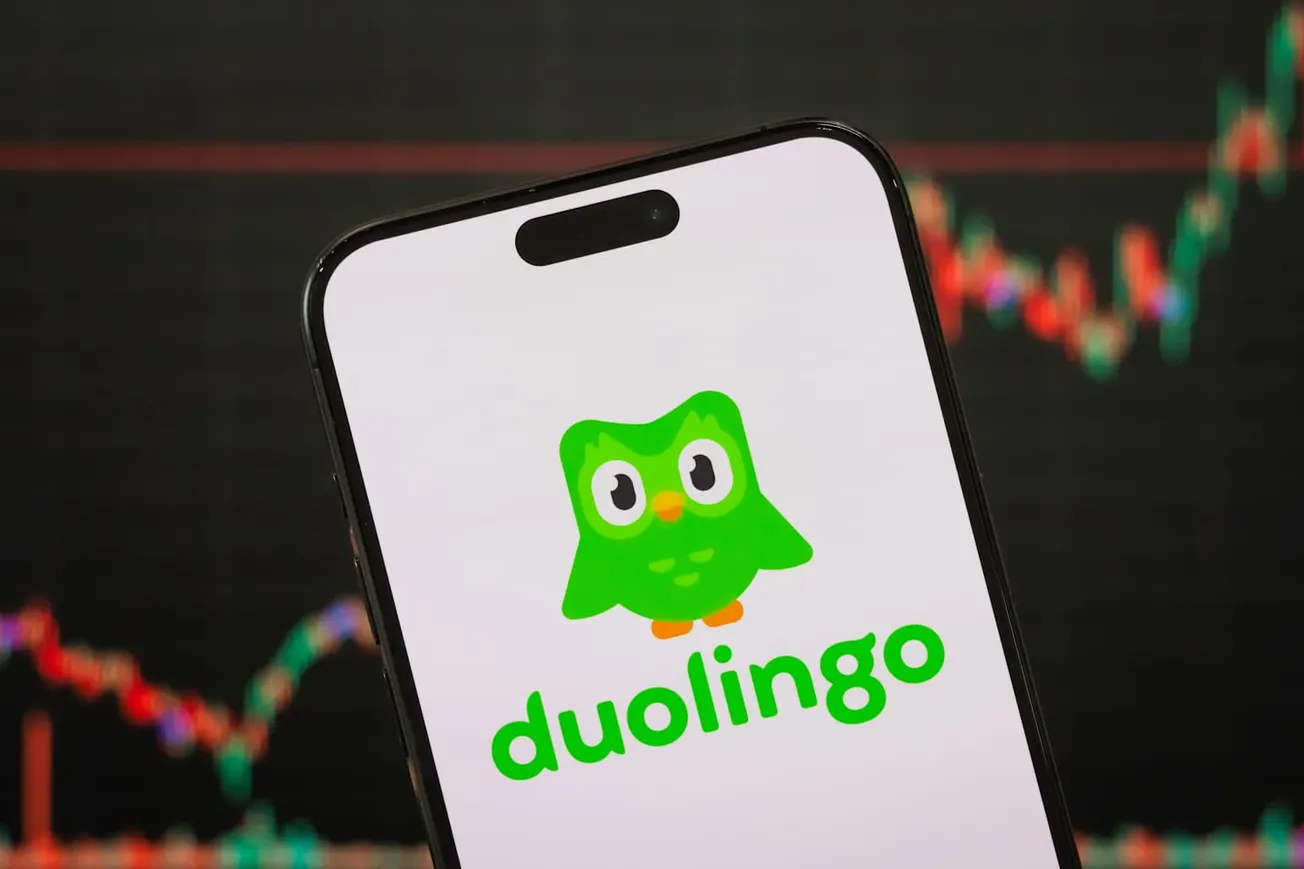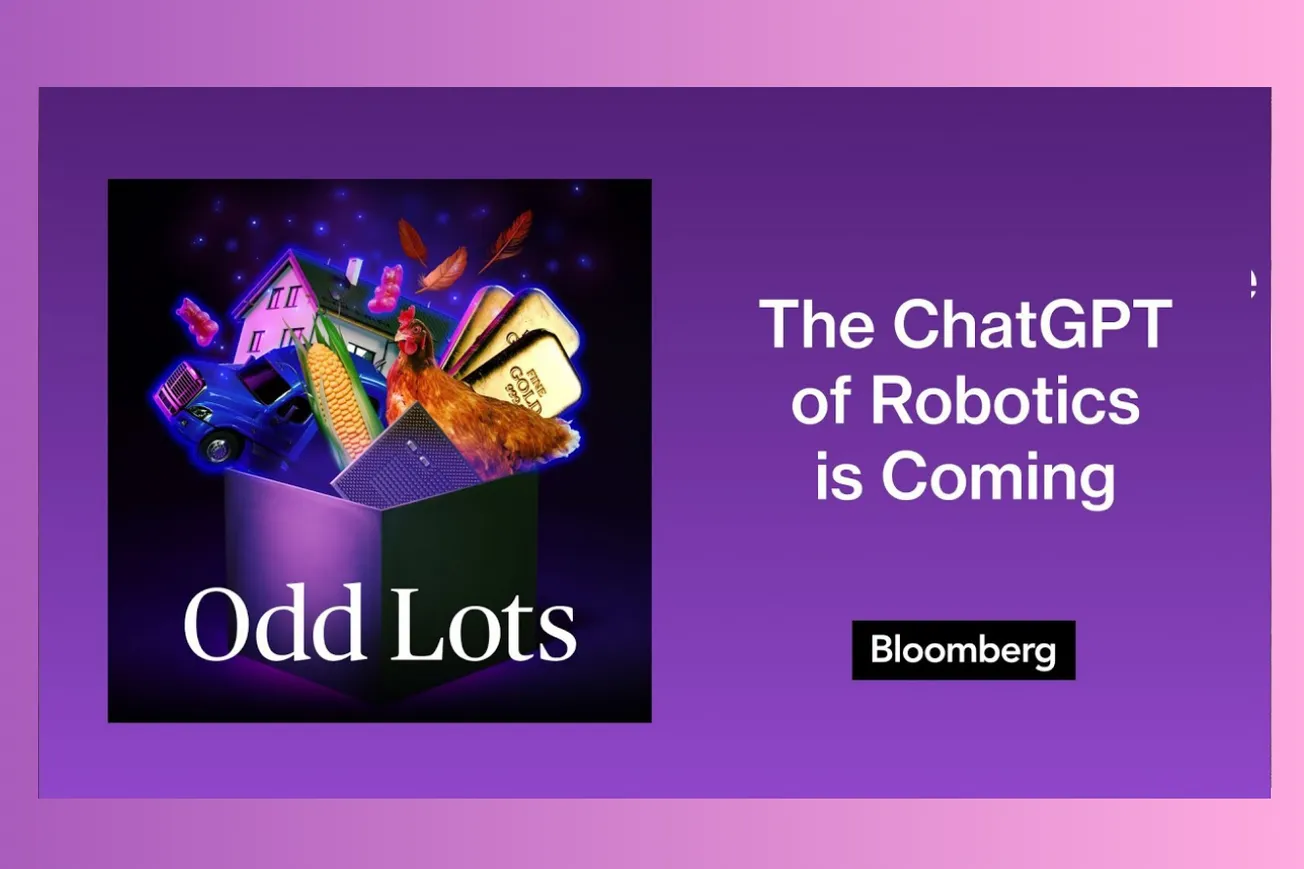Table of Contents
Duolingo’s bold AI-first strategy is reshaping the language learning industry, with the company replacing contract workers with artificial intelligence to scale content creation and redefine its workforce. This comprehensive post explores the motivations, operational changes, industry context, and the far-reaching implications of this technological pivot.
Key Takeaways
- Duolingo is adopting an AI-first strategy, eliminating contract roles for tasks that can be automated and rapidly scaling content creation.
- The company’s CEO, Luis von Ahn, emphasizes urgency over perfection, accepting small quality trade-offs to maintain competitive momentum.
- AI use will now influence hiring, performance reviews, and team expansion, fundamentally altering internal processes.
- Full-time employees are being supported with AI training, mentorship, and new tools to adapt to the evolving workplace.
- The shift mirrors broader industry trends, with other tech leaders like Shopify implementing similar AI-first policies.
- Concerns remain about the quality and reliability of AI-generated educational content and the broader impact on jobs.
- Duolingo’s user base and revenue have surged, highlighting the potential rewards of aggressive AI adoption.
- The company believes automating content creation is essential to meet its mission of providing scalable, accessible language education.
- This transformation signals a new era for edtech, with implications for learners, employees, and the future of work.
Duolingo’s AI-First Strategy: Vision and Rationale
- Duolingo’s CEO, Luis von Ahn, announced the company’s transition to an “AI-first” organization, describing it as a pivotal moment akin to its early bet on mobile technology.
- The rationale is clear: “To teach well, we need to create a massive amount of content, and doing that manually doesn’t scale.” AI enables Duolingo to generate and deliver educational material at a speed and scale previously impossible.
- This strategic shift is not just about technology-it’s a fundamental redesign of how the company operates, with AI set to influence hiring, performance reviews, and team structures.
- The company’s leadership is prioritizing urgency: “We’d rather move with urgency and take occasional small hits on quality than move slowly and miss the moment,” von Ahn stated.
- Constructive constraints have been introduced: new hires are only approved if teams can’t further automate their work, and AI adoption is rewarded in both hiring and performance evaluations.
- Duolingo’s approach is pragmatic, aiming to remove bottlenecks and free up employees to focus on creative problem-solving rather than repetitive tasks.
Impact on Contract Workers and Workforce Evolution
- The most immediate impact of the AI-first strategy is the gradual elimination of contract roles for tasks that AI can automate, such as content generation and translation.
- This follows previous rounds of contractor layoffs, including a 10% reduction in January 2024, as AI began taking over key functions.
- Von Ahn has reassured staff that full-time employees are not being replaced by AI; instead, the focus is on enabling them to do higher-value work.
- To support this transition, Duolingo is investing in AI training, mentorship, and tooling for its workforce, helping staff adapt to new responsibilities and technologies.
- The company frames this change as an evolution toward human-AI collaboration, not simply a cost-cutting measure.
- Some employees and industry observers have expressed concerns about increased demands and job security, reflecting broader anxieties about AI-driven workplace changes.
Transforming Content Creation with AI
- One of the most transformative aspects of Duolingo’s AI-first initiative is the overhaul of content creation, a process that has historically relied heavily on manual input from contract workers.
- By deploying advanced AI tools, Duolingo has dramatically increased its capacity to generate new language courses, exercises, and examples-launching 148 new AI-created courses in a single announcement.
- This automation allows the company to respond rapidly to learner demand, expand its offerings, and maintain its competitive edge in the fast-evolving edtech market.
- Leadership acknowledges that some “occasional small hits on quality” may occur, but believes the benefits of speed and scalability outweigh these risks.
- The shift enables Duolingo to fulfill its mission of making language education accessible to millions more users worldwide.
- AI-generated content is now central to the platform’s growth strategy, supporting record increases in daily active users and revenue.
Organizational Change: Hiring, Reviews, and Team Structure
- Duolingo’s AI-first strategy extends beyond automation, fundamentally altering how the company hires, evaluates, and organizes its teams.
- AI proficiency is now a key criterion in hiring decisions, with candidates expected to demonstrate experience using or integrating AI in their work.
- Performance reviews will assess employees’ ability to leverage AI, incentivizing continuous learning and adaptation.
- Teams must justify any headcount increases by proving that further automation is not possible, creating a culture of efficiency and innovation.
- These “constructive constraints” are designed to ensure every function is aligned with the company’s AI-driven priorities.
- Duolingo’s approach mirrors moves by other tech leaders, such as Shopify, signaling a broader industry shift toward AI-centric organizational models.
Industry Context and Broader Implications
- Duolingo’s AI-first transformation is part of a growing trend among tech companies to automate workflows, reduce costs, and accelerate growth through artificial intelligence.
- The company’s success-marked by a 51% year-over-year increase in daily active users and record quarterly revenue-demonstrates the potential rewards of bold AI adoption.
- Industry observers note that nearly every company is exploring AI to remain competitive, with Duolingo’s strategy providing a high-profile case study.
- However, the move has sparked debate about the quality of AI-generated educational content and the ethical implications of workforce automation.
- Duolingo’s leadership is transparent about the risks, acknowledging that AI is “far from perfect” but insisting that waiting for flawless technology would mean missing critical opportunities.
- The company’s experience offers valuable lessons for organizations navigating the balance between innovation, quality, and the human impact of automation.
Duolingo’s AI-first strategy is redefining how language learning content is created and delivered, setting a new standard for scalability and efficiency in edtech. As the company automates routine tasks and empowers employees to focus on creativity, its approach offers both inspiration and caution for the future of work in an AI-driven world.
Sources consulted: businessinsider, Engadget, techcrunch, PCMag, Fast, Tech Republic








